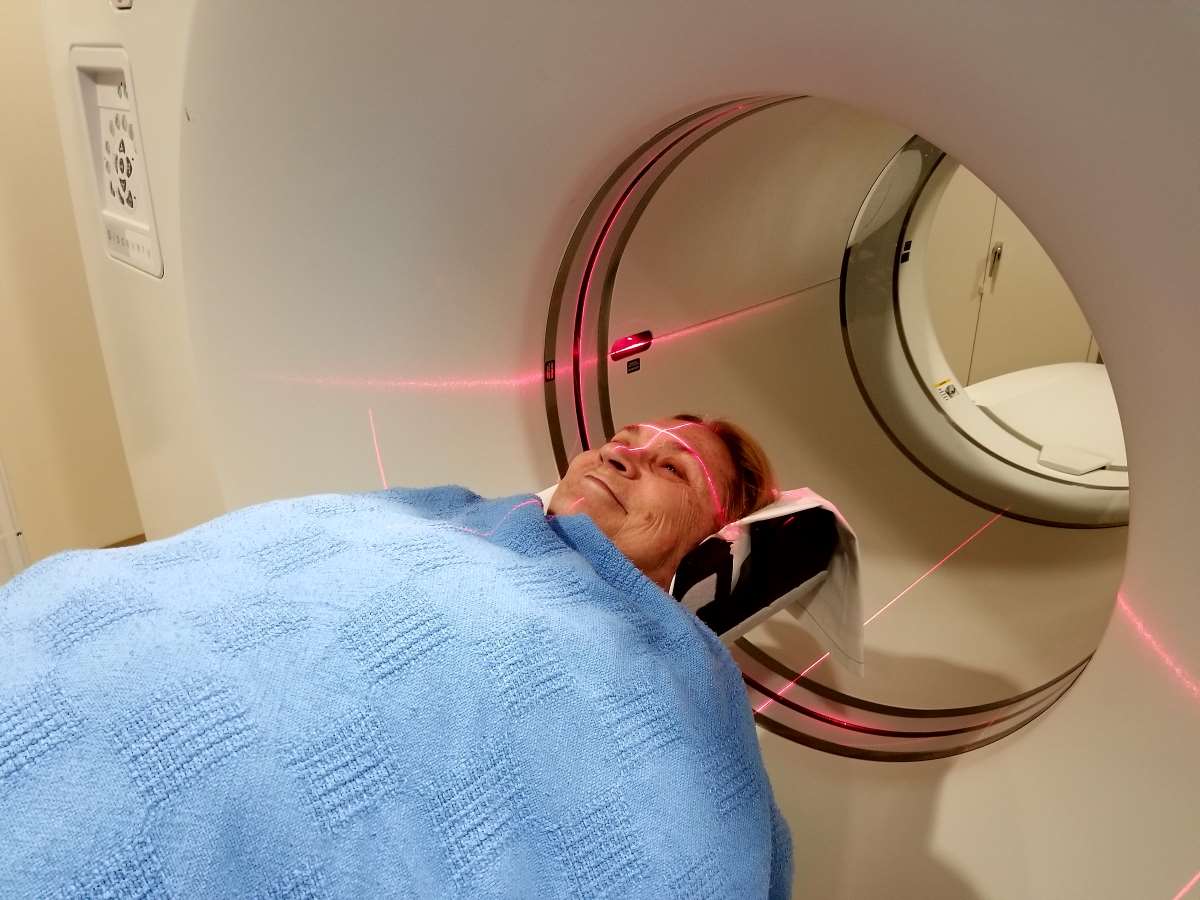What is Positron Emission Tomography (PET) Scan: Procedue, Uses, Side Effects and Risks

A PET scan, or positron emission tomography, is an imaging test that can help diagnose biochemical or metabolic issues in your body. The scan utilises a special dye with radioactive tracers to make the diagnosis. This dye is absorbed by some tissues and organs, which lets your healthcare provider assess how they respond.
If you want to know all about what PET scan is, its uses, the procedure and possible risks, continue reading through the following sections.
What is the Meaning of a PET Scan?
A PET scan lets your doctor assess the diseases in your body’s organs and tissues. The radioactive tracers that this test uses are either inhaled, injected or swallowed, depending on which part of the body is examined. The tracers allow your doctor to observe the functioning of your organs and tissues.
Because some biological tissues and diseases have a higher level of chemical activity than others, the tracer collects areas with higher chemical activity. On the PET scan, these diseased areas appear as bright spots.
How to Prepare for a PET Scan?
Before the imaging test, your doctor will brief you on the PET scan procedure. You should tell your doctor about all the medications you take.
Additionally, consider following these prep tips:
- Your doctor may ask you to avoid strenuous physical activity before 24-48 hours of the test.
- Before 24 hours of the test, you must be on a strict low-carbohydrate diet with no sugar.
- If you will receive anaesthesia during the procedure, refrain from eating or drinking anything on the morning of your PET scan.
- If you are not under anaesthesia, you must stop eating and drinking 6 hours before the test.
- You will have to remove all your jewellery, including body piercings.
- If you are pregnant, you should inform your doctor about your condition.
- If you are breastfeeding, consider pumping milk before 24 hours of the procedure, as you cannot breastfeed for the next 24 hours.
- Consider informing your insurance company if your health insurance policy has OPD coverage to avoid any extra expenses.
How is a PET Scan Performed?
The process takes about two hours, and most patients do not need to stay overnight. It includes:
- You will lie on a narrow bed-like structure that slides into the scanner.
- You will have to lie still during the procedure to ensure no blurry images appear.
- The scanner will make a buzzing noise as it works, you don’t need to be afraid of that.
The test is totally painless. However, you may feel anxious if you are afraid of small spaces. Consider informing the technician if you are worried about this.
What are Some Common Uses of PET Scan?
A PET scan test is a useful way to detect various diseases. Some of these include:
- Cancer
- Heart disease
- Brain disorders
In cancer patients, the test can also help assess whether the cancer has spread, if the chemotherapy is working, and check for any disease recurrence.
What are the Side Effects of PET Scan?
Some side effects are observed in the case of pregnant women.
- Radiation exposure to your unborn child when you are pregnant.
- If you are nursing your child, you are exposing them to radiation.
What are the Risks of PET Scan?
The scan uses radioactive tracers, the effect of which is minimal. However, you should always discuss the possible risks with your doctor. It is possible to develop allergic reactions due to the tracers. Tell your doctor if you are allergic to aspartame, iodine or saccharine.
What to do after a PET Scan?
Unless your provider advises you otherwise, you can go about your day normally after the test. To help your body rid itself of the tracer, you should consume plenty of liquids.
This article covered several crucial aspects of PET scans. Stay updated with the necessary details and it might just come in handy at the right time!










